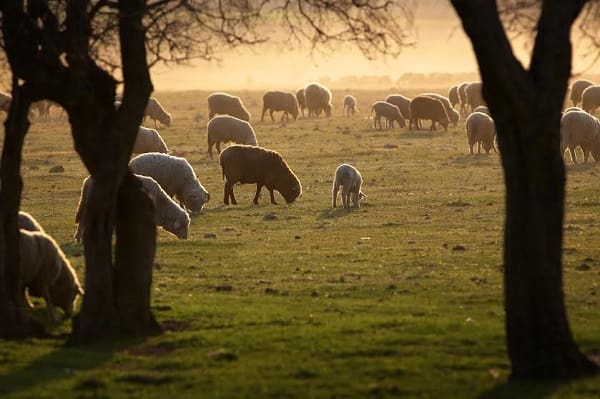 MARKET forces would lead to the conversion of northern Australia’s grazing lands to intensive agriculture until only fragments of tropical dry forest are left, recent research has indicated.
MARKET forces would lead to the conversion of northern Australia’s grazing lands to intensive agriculture until only fragments of tropical dry forest are left, recent research has indicated.
An international research collaboration between researchers in Germany, Belgium, Spain and Charles Darwin University (CDU) in Australia found that deforestation was highest in export-focused countries.
The researchers found that increasing farming intensity increases pressure to clear remnant native vegetation. This was the opposite of what was expected.
CDU Conservation and Sustainable Livelihoods Professor Stephen Garnett, who participated in the research, said it had been hoped farmers would be satisfied with less land if they could earn more per hectare.
“The finding is alarming,” Professor Garnett said.
“Policy makers have been hoping intensification can help protect remaining biodiversity.”
The researchers used maps of forest loss between 2000 and 2020 and agricultural production statistics to analyse the relationship between deforestation and intensification. The team based their study on tropical dry forests around the world.
The research area included all the tropical savannas in Australia. Professor Garnett said most of these are currently used for pastoralism, particularly for cattle grazing, but there is increasing pressure to convert them to intensive agriculture, with cotton farming being promoted widely.
“Many of these areas also have a strong indigenous connection, but there has been little consultation with traditional owners when land clearing permits have been granted.
“In many ways; however, the land sparing/land sharing debate has not been pursued vigorously in Australia,” he said.
“Elsewhere there has been the assumption that, if there is intensive development in some areas, there will be less in others – that farmers will be happy to reduce pressure on parts of their property if they can have intensive development on the rest.
“And that this will happen with countries too,” Professor Garnett said.
“What this research shows is that, if there is an export market for crops, development won’t stop.
“On indigenous people’s lands; however, particularly in South America, there is evidence that high intensity farming in small areas will reduce pressure elsewhere because the markets are local and any extra produce cannot easily be sold,” he said.
“What is needed globally are strong decisions to decide what is available for land clearing and development and what is off limits, and stick to it, not just hope land clearing will be slowed by market forces.
Relying on the market alone will mean conversion of the grazing lands of northern Australia to intensive agriculture will continue until only fragments are left, just as has happened in the Murray Darling basin.”
Professor Garnett said current policies that allow continued extensive land clearing also seem inconsistent with an ambition to reduce carbon emissions.
Intensive agriculture policies will not protect forests
Lead author, Marie Pratzer from Humboldt University in Berlin, said tropical dry forests are crucial for global biodiversity, carbon storage, and the livelihoods of hundreds of millions of people.
“This is a significant finding,” Marie Pratzer said.
“It shows that policies that aim to increase agricultural intensity will not magically protect forests.”
The researchers did find an exception to the trends they observed.
On the lands of indigenous peoples, increasing returns from existing farmland did reduce the amount of new land cleared, as had been hoped.
“We found out that farmers trying to meet their own needs cleared less land,” Professor Garnett said.
“Only farmers exporting their produce wanted ever more land.”
Professor Garnett said the findings are relevant to Australia given pressures to clear land for agriculture in northern Australia.
“Economic pressures to maximise short-term gains from land are very high.
“Only well-enforced land-use zoning, and a potentially a stronger Indigenous voice in land use decisions, will ensure the existing values of natural lands are not lost.”
A paper on the research was published this week in the leading journal Nature Sustainability.

HAVE YOUR SAY